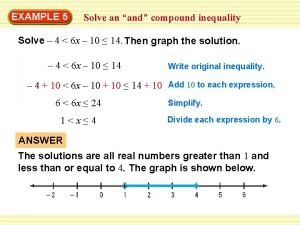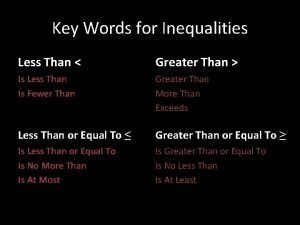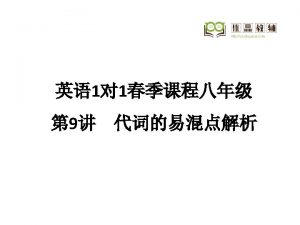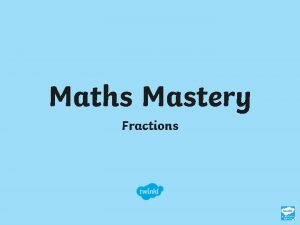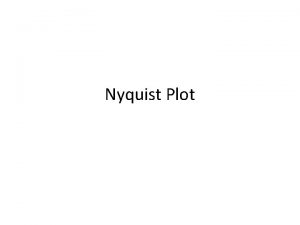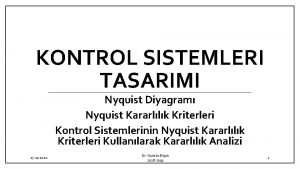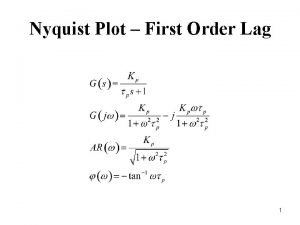Amplifier noise 1 Noise greater than the Nyquist




- Slides: 4

Amplifier noise 1

Noise greater than the Nyquist frequency will alias (FNyquist = 125 k. Hz) Each 125 k. Hz frequency subinterval will fold back onto the Nyquist band. The total noise will add as the square root the sum of the squares as the noise is random and uncorrelated. 2

Estimate total aliased noise seen by ADC using Excel entot ≈ 50 n. V/rt. Hz entot ≈ 650 n. V/rt. Hz entot ≈ 40 n. V/rt. Hz Your measured data entot ≈ 225 n. V/rt. Hz Estimate from excel The above estimate from excel shows what would happen of we alias all frequency subintervals from 125 k. Hz to 10 MHz. The excel noise estimate would increase further if we go beyond 10 MHz but the value approaches a constant value. The broadband estimate is close to the measured results (40 vs 50). The measured 1/f noise region is larger than expected (650 vs 225). This may in part be due to process variation. 1/f noise is especially sensitive to 1/f variation. The discrepancy may also be temperature drift that is interpreted as 1/f noise. 3

How to improve this? I think the main issue you are having with noise is the 1/f region. Since you are planning on using a digital filter to limit the bandwidth (and noise) to 200 Hz, so you want minimal 1/f noise. Also, an antialiasing filter that can limit the bandwidth (and amplifier output noise) to less than 125 k. Hz will prevent noise fold-back. We will put together a proposal that should improve this. The noise density curve shown here is an option we will investigate (OPA 188). It doesn’t have 1/f noise as it is a chopper amplifier. 4

